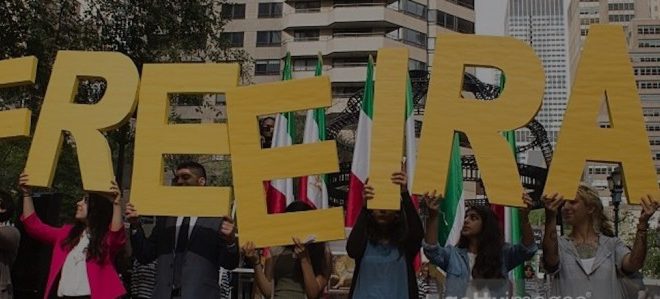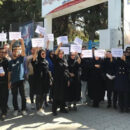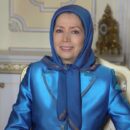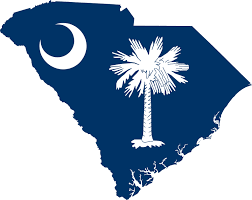Is the Iranian regime able to reform?
By: Ross Amin
November3, 2016
Iran’s political history is complicated, but fascinating. Influenced by the early 1900s democratic movements, the <a href=”https://www.theguardian.com/world/2013/aug/19/cia-admits-role-1953-iranian-coup”>1950s nationalist surge</a>, and the 1979 anti-monarchic revolution, the country’s politics has evolved. Yet the ruling theocracy, characterized by its ruthlessness at home and terrorism abroad, is not representative of this trajectory.
Iran has a long history of a politically active population concerned with social justice, democracy and <a href=”http://www.iranhrdc.org/english/publications/reports/3007-silencing-the-women-s-rights-movement-in-iran.html?p=4″>women’s rights</a>. During the 1906 Constitutional Revolution, Iranians fought for the first parliament in Asia, modeled after European democratic traditions, philosophy and literature. In 1953, they fought to nationalize their oil resources. And, in 1979, they ousted a dictatorship, all the while paying a bloody price for it. Yet what resulted from the 1979 revolution was a theocratic system completely foreign and inconsistent with this proud tradition.
The “Islamic Republic” is ruled by unelected clergy, a supreme leader, and a “president” vetted by the supreme leader. At first glance, it may appear confusing to understand where Iran stands as a country. Is it a democracy? A dictatorship? A theocracy?
The role of the president, seemingly “elected” through popular votes, is subservient to that of the supreme leader, currently Ali Khamenei. Under the constitution, particularly Article 110, the supreme leader has vast authorities. He can reject the popular vote of the people, and he, not the president, handpicks the heads of the military, intelligence and state-run media.
In Iran, so-called elections are conducted to elect the president. Why would a theocracy, created on the same basic ideology promoted by the likes of ISIS, accept elections for any post? The answer lies in Iran’s history: recall the rich traditions and struggles of the Iranian people for more than 120 years. When the mullahs stole the revolution 1979, they had to accommodate and appease the revolution’s real advocates. So, they agreed to “elections,” but under their full control and authority.
Candidates for all elections have to be vetted and accepted by the Guardian Council, whose six clerical members are handpicked by the supreme leader. Khamenei also has the right to overrule any election results. All candidates must have a record of displaying “moral” and “practical” “allegiance” to the supreme leader. Popular mandate or choice is not one of the criteria for the vetting process.
This is because in Iran, the ultimate authority is not the will of the people: it is God, and God’s will is represented by the decisions of the supreme leader. During the “elections,” the people are asked to choose among candidates chosen by the supreme leader. Even then, their vote can ultimately be overturned based on the whims of the supreme leader.
In addition, the previous supreme leader set up the <a href=”http://www.cfr.org/iran/irans-revolutionary-guards/p14324″>Islamic Revolutionary Guard Corps (IRGC)</a> to ensure the survival of the regime through brute force. Since the regime faces a disenchanted and disenfranchised population, it has tasked the IRGC with keeping popular demands at bay. The IRGC is routinely deployed to suppress popular protests like the July 1999 student protests and the 2009 massive nationwide uprising. The president does not have too much authority, and is not the “commander in chief” by western standards.
When discussing the liberty of the Iranian people, both the supreme leader and the IRGC seriously infringe not only on the rights of the people to direct change in the country, but also on their basic human rights and dignities. Iran has an extremely high execution rate and is notorious for holding political prisoners and prisoners of conscience with little reason given for their detainment. They also have a tendency to arrest Iranian dual citizens to use them for political ammo. The country has a very strict moral code, and many human rights organizations deplore the regime’s treatment of women.
The president does not have the ability or the will to overrule the supreme leader’s decisions. The regime is first and foremost a theocracy, which is inconsistent with claims of holding genuinely democratic elections. Khamenei is considered by the regime’s hardened adherents to be the <a href=”http://theyonseijournal.com/wp-content/uploads/2012/08/velayat-e-faqih-in-contemporary-iran.pdf”>“shadow of God on Earth.”</a> Even the leaders of ISIS are envious of that status. But the Iranian people want him gone.
Many human rights groups such as OIAC argue that the Iranian people are not benefiting from the sham elections. They say that these elections are in fact detrimental to the Iranian people’s demands because they are essentially empty symbols of democracy that are meant to pacify the international community and stifle conversation about real change in the country.
Indeed, Tehran uses elections as a means to gain a veil of legitimacy to advance its destructive policies of suppression and terrorism. Western countries should not be duped. If the Iranian regime is fully controlled by Khamenei in both the political and economic spheres, the hope for reform is a non-starter. The real solution to Iran’s troubles is to change the Iranian regime and to replace it with a democracy.
That is what the Iranian people have been fighting for over the past 100 years. It is consistent with their rich traditions and their democratic aspirations. More power to them.
<a href=”http://www.oiac-us.com/essential_grid/ross-amin/”>Ross Amin</a>
OIAC.org







